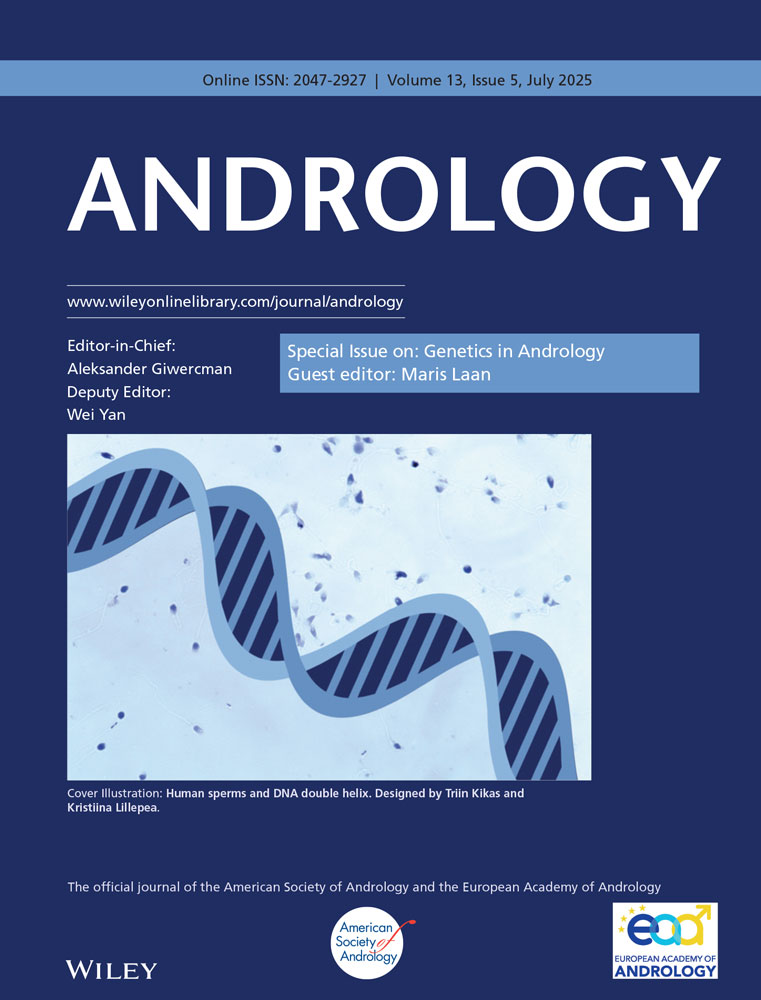Role of Kctd13 in modulating AR and SOX9 expression in different penile cell populations
Abstract
Objective
Micropenis is a condition with significant physical and psychological implications caused mainly by decreased androgen action in penile development. Kctd13-knockout (Kctd13-KO) mice have micropenis, cryptorchidism, and fertility defects because of reduced levels of androgen receptor (AR) and SOX9. We hypothesized that normalizing the levels of AR and SOX9 in the Kctd13-KO penis could help us to understand the mechanism of action of these signaling pathways on penile development.
Methods
We generated transgenic mice lacking Kctd13 and conditionally expressing AR in the urethral mesenchyme after Cre activation with Twist2cre (Kctd13-KO; AR-CMV; Twist2cre; herein called AR+), and Sox9 in the urethral epithelium after Cre activation with Shhcre (Kctd13-KO; Sox9-CAG; Shhcre; herein called SOX9+). Mice penile morphology, fertility, and the effect of KCTD13 on AR and SOX9 ubiquitination were evaluated.
Results and Discussion
Kctd13-KO micropenis phenotype was rescued after increasing levels of penile AR or SOX9 as transgenic AR+ and SOX9+ mice have longer penile lengths than Kctd13-KO mice and are comparable to WT mice. In addition, male-urogenital-mating-protuberance and the baculum were significantly shorter and narrower in Kctd13-KO mice compared with transgenic AR+ and SOX9+ mice. The position of the urethral meatus was similar and orthotopic in location in Kctd13-KO, AR+, SOX9+, and WT penises indicating that none of these mice had hypospadias. The subfertility of AR+ and SOX9+ mice was improved. The ectopic expression of KCTD13 in HEK293 cells strongly reduced AR ubiquitination which is abolished when the proteasome pathway is inhibited and this process is mediated by the ubiquitin ligase, STUB1. The effect of KCTD13 on SOX9 ubiquitination is minimal.
Conclusion
KCTD13 regulates AR ubiquitination by modulating STUB1 binding to AR. Penile restoration of AR and SOX9 improved penile development in Kctd13-KO mice allowing us to discern the contribution from individual signaling pathways and cell types in penile development.
CONFLICT OF STATEMENT
The authors declare no conflict of interest.
Open Research
DATA AVAILABILITY STATEMENT
The data that support the findings of this study are available from the corresponding author upon reasonable request.




